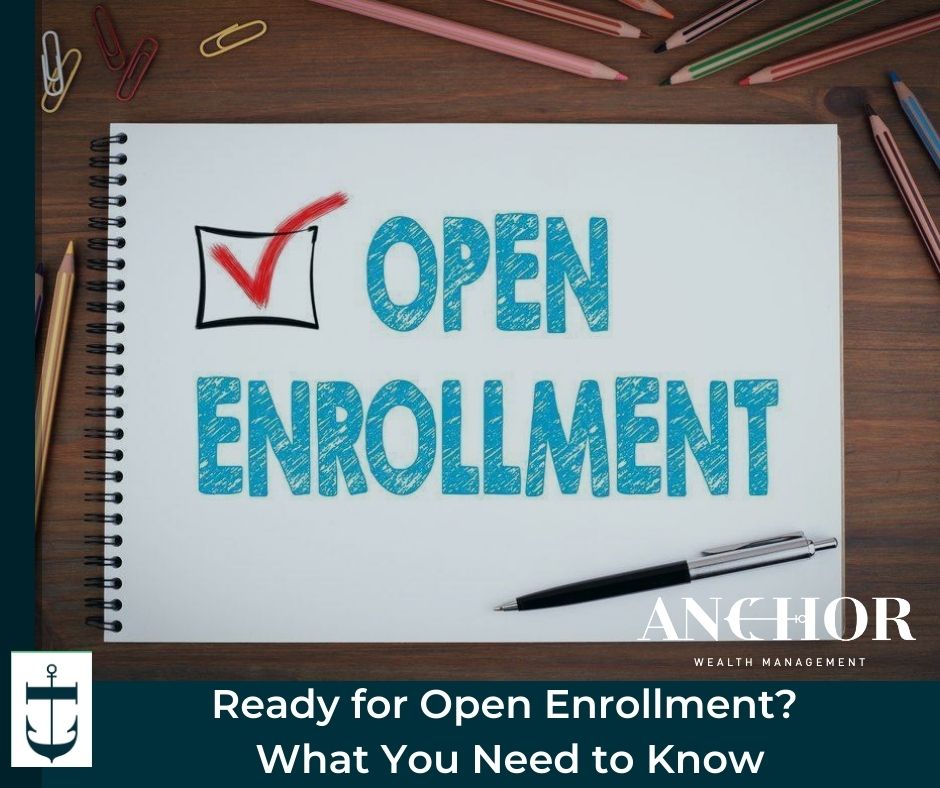
As fall approaches, so does open enrollment season—a critical time for employees to review and make important decisions and updates about their benefits. Most companies start open enrollment on November 1st, so now is the time to get organized and make sure you’re prepared.
Review Your Current Benefits
Before considering new options, take a thorough look at your existing benefits. This includes not only your health insurance but also other coverages such as dental, vision, and disability insurance. Ask yourself:
• Does your health insurance still meet your needs? Consider changes in your health over the past year and whether your current plan provides
adequate coverage.
• Do you have dental, vision, or disability insurance? Are these benefits sufficient for your needs?
• Are you contributing enough to your retirement plan to take full advantage of your employer’s match?
• If you’ve had significant life changes like marriage, divorce, or a new child, do your beneficiary designations and life insurance coverage
reflect your current situation?
Taking stock of where you stand now will help you make informed decisions and navigate your financial health in the year ahead.
Account for Employer Benefit Changes
Employers often update benefit offerings during open enrollment. If you have questions or need further assistance, reach out to your HR department for clarity on your benefits and ensure you’re making the best decisions for the upcoming year. Stay informed to know:
1. Any new health insurance plans or coverage options
2. Changes to employer contributions, including matches or automatic contributions
3. Updates to flexible spending accounts (FSAs) or health savings accounts (HSAs)
Being aware of these updates ensures you make the most of new or improved benefits.
Maximize Your Retirement Contributions
When looking at your retirement contributions, it’s a good idea to think about whether pre-tax or after-tax (Roth) contributions are right for you. Pre-tax contributions can help lower your taxable income now, but you’ll pay taxes when you withdraw them in retirement. On the other hand, Roth contributions won’t give you a tax break today, but withdrawals in retirement are tax-free. It all depends on what works best for your current situation and long-term goals.
Also, don’t forget to make sure you’re contributing enough to get your full employer match—after all, that’s free money for your future! If you’re 50 or older, you might be able to take advantage of “catch-up contributions,” which let you put a little more into your retirement account each year.
Open enrollment is the perfect time to check on these things and make any changes to ensure you’re setting yourself up for success down the road. Anchor Wealth Management can help you review your benefits, from retirement contributions to insurance options, ensuring they align with your financial goals.
By Adam Ludwig, CEO/Wealth Advisor
Learn More
